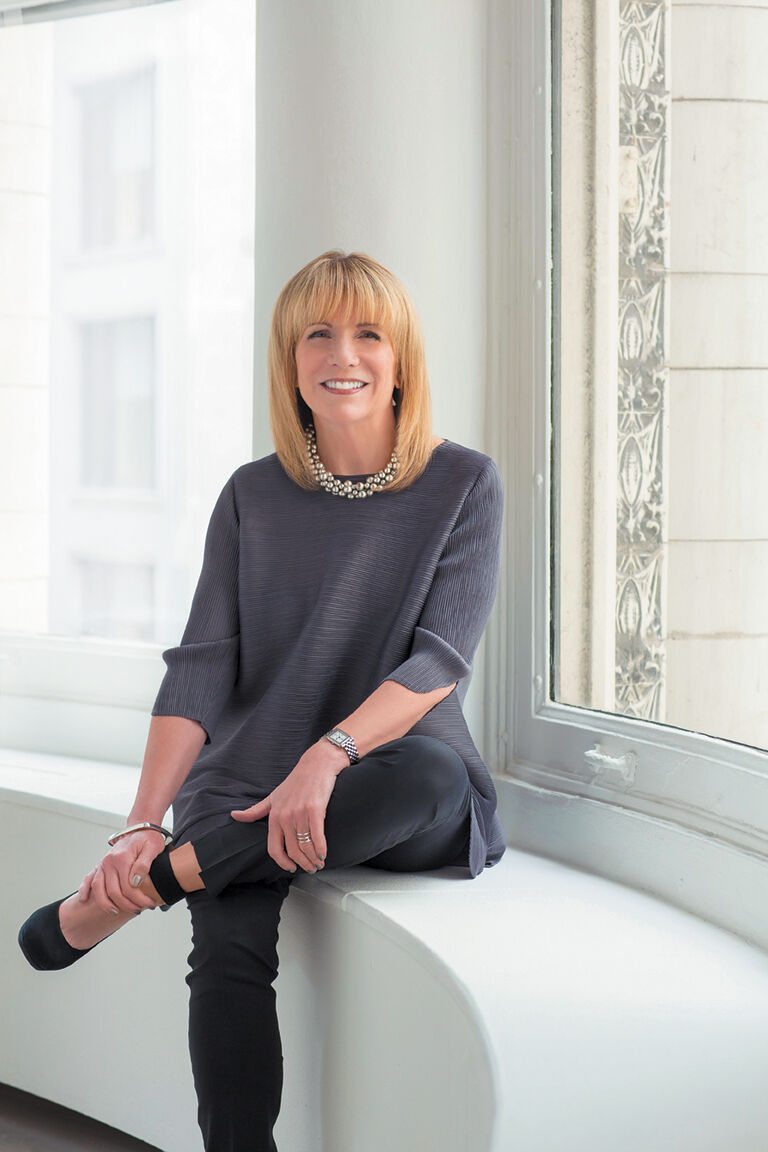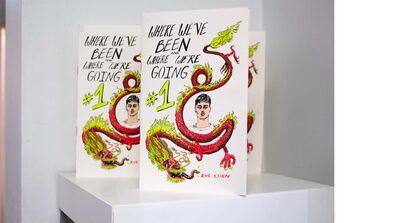
From the President

If you ate a bagel for breakfast this morning, you probably sliced it into two pieces. But, mathematician Eugenia Cheng’s bagel-cutting technique turns the bagel into a Möbius strip, exposing a fully schmear-able interior plane without separating the bread into separate top and bottom halves. With her unusual approach, Cheng makes a novel, playful, technical, and tangible model of a mathematical principle. Those qualities of newness, delight, and a thoughtful and concrete realization of abstract ideas are also attributes we value in art and design.
This issue of the School of the Art Institute of Chicago magazine highlights our art and science initiatives. Though we may associate science with empirical fact and art with intuitive sensation, the articles in this issue underscore the mutually beneficial ways these fields overlap. For example, Cheng, a perennially popular teacher who originally came to the School as scientist-in-residence, is this issue’s cover story. Her teaching and practice expose the synergies between math and art, building the conditions for interdisciplinary learning and innovative thinking.
Many of our art and science initiatives were championed by Chancellor and former President Walter Massey. A theoretical physicist with a career as a leader in science and higher education, Massey says he quickly felt at home when he came to SAIC almost eight years ago. He attributed this, in part, to the overlap between how artists and scientists see their work and the world. Walter, featured in this issue during his last semester at SAIC, maintains that artists and scientists can engage in mutually beneficial work, leading to new solutions to persistent problems. I agree with Chancellor Massey, and this collective push toward futurity can also be seen in this issue’s other articles.
In a piece on the intensely prepared for and always beloved annual fashion show, students, faculty, and alumni exemplify how they boldly use garment design to exceed the limits of our bodies, shape our identities, and imagine the future of fashion.
Finally, the drive to explore and exceed boundaries can also be seen in the coverage of the 2018 Venice Architecture Biennale, for which SAIC and the University of Chicago have been named commissioners of the US Pavilion. The proposed exhibition, Dimensions of Citizenship, uses architecture as a framework for understanding our complex, fluid, and contested notions about citizenship: who it includes and which rights and responsibilities are conferred with that status.
When it opens in May, Dimensions of Citizenship will be yet another example of the thinking across disciplines that has long been at the forefront of SAIC’s curriculum. I hope you will enjoy this issue of the magazine, the most recent example of SAIC’s art and science tradition.
Follow President Tenny on Instagram at instagram.com/saicpres.
